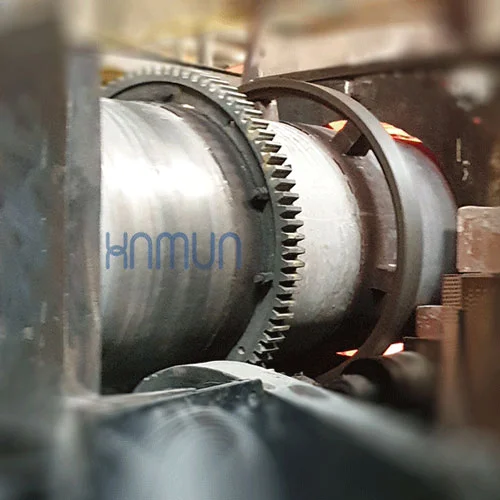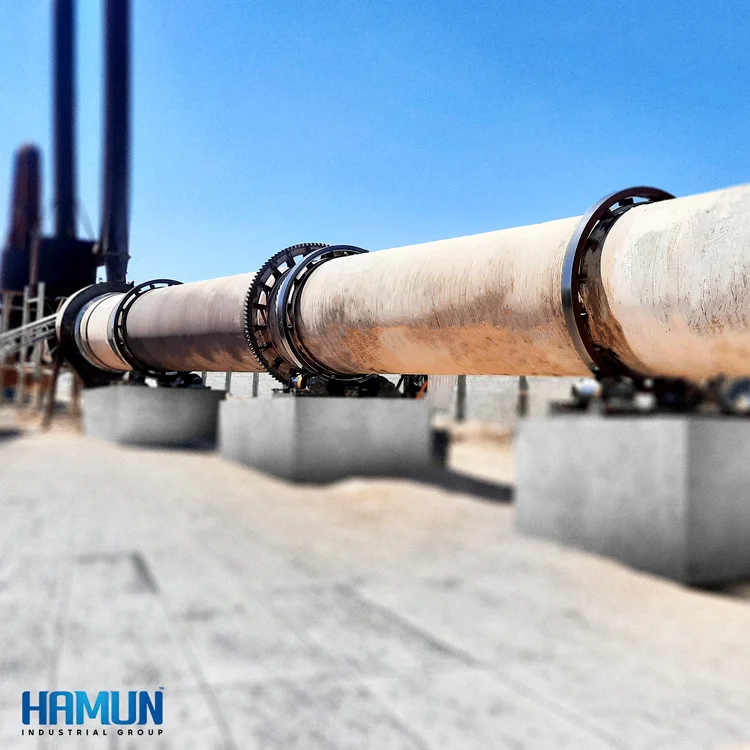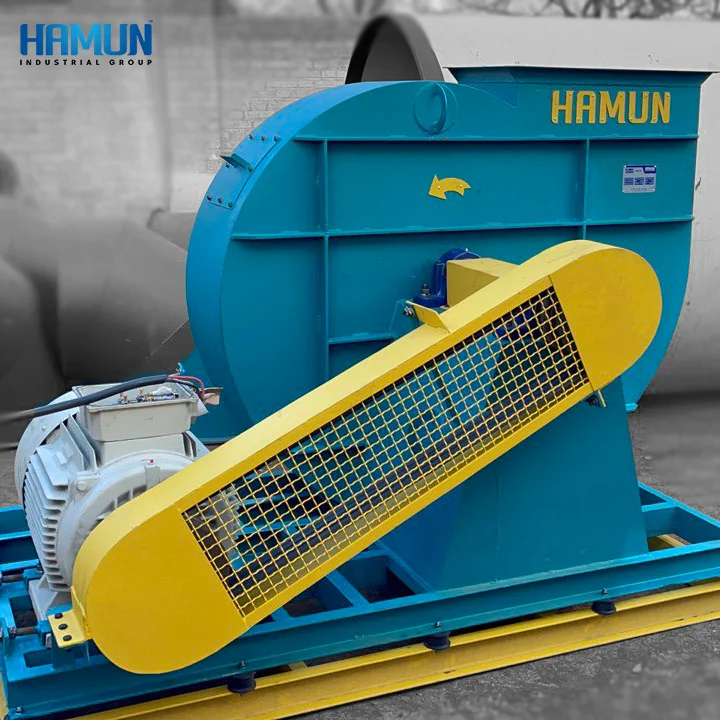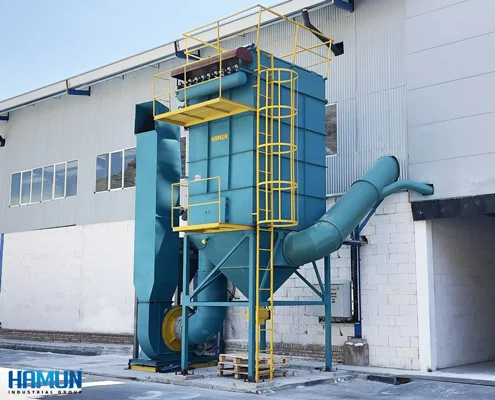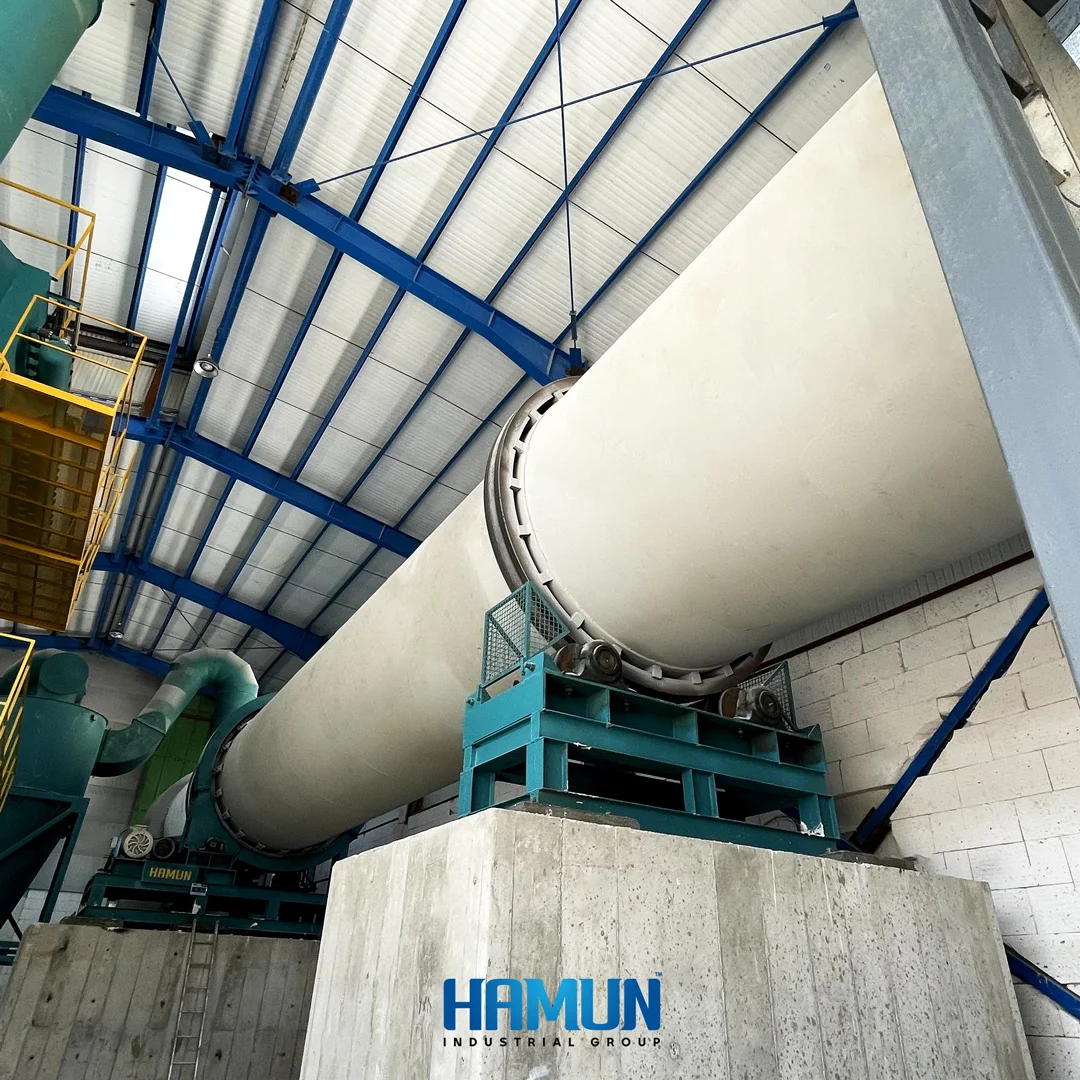What is activated carbon pyrolysis furnace?
Pyrolysis furnace and activated carbon production is used to produce activated carbon using cellulosic materials such as walnut shell, coconut, almond, hazelnut, pistachio, and coal.
To produce activated carbon, the application of indirect heat and pyrolysis of cellulosic materials breaks the chemical bond of inorganic molecules and creates a black porous substance, which is then activated by water vapor, carbon dioxide or chemical activation. Becomes activated carbon marketable Depending on the type of charcoal in the kiln, wood vinegar or bitumen is produced as a by-product. For example, pistachio skin produces wood vinegar and walnut skin produces bitumen.
Method of chemical activation of carbon: In this method, the charcoal material in the first furnace is usually mixed with calcium chloride and re-enters the furnace. The reaction of calcium chloride causes cavities in the coal and activates it. The iodine number of activated carbon produced with calcium chloride is up to 1200. The disadvantage of this method is the unsuitability of the product for use in the food and pharmaceutical industries. For example, in the production of glucose, activated carbon is used to clarify the product and remove its turbidity, activated carbon.
Steam activation method: This method, which is better than the chemical method, leads to the production of carbon with more cavities, more surface area, higher efficiency and can be used in the food and water treatment industries. After vinegaring from cellulosic materials and producing carbon, water vapor is blown into the furnace containing the material at a temperature of 600 to 800 degrees Celsius, and super heated steam creates pores in the carbon.
How activated carbon furnace works
In the process of producing activated carbon and applying heat, the presence of oxygen in the air changes the structure of organic compounds and disrupts the pyrolysis process. Also, in case of direct heating of materials with flame, the probability of fire will be very high, as a result, indirect heat should be used for pyrolysis.
Activated carbon furnace will vary in different dimensions and designs, depending on the amount of product required as well as the type of pyrolysis material. The most common kilns for the production of activated carbon are pyrolysis rotary kilns, in which heat is applied indirectly to the material instead of the flame directly hitting the material. This operation must be performed without the presence of oxygen gas. In order to remove oxygen gas from the furnace, inert nitrogen gas can be injected into the interior of the furnace.
Carbon released from the furnace should be activated after cooling, using water vapor, carbon dioxide gas or chemicals and increase its level.
The useful external surface area per gram of high quality activated carbon may increase to 3,000 square meters per gram, which indicates a very high porosity of the product
Uses and applications of activated carbon:
- Water and wastewater treatment
- Color refining
- Booger
- Making air and gas masks
- Painter
- Production of glucose, starch, dextrose, and maltodextrin
- Pharmacy and production of activated carbon tablets for detoxification
- Production of veterinary drugs
- Agriculture
- Production of beverages
- Gas and air purification
